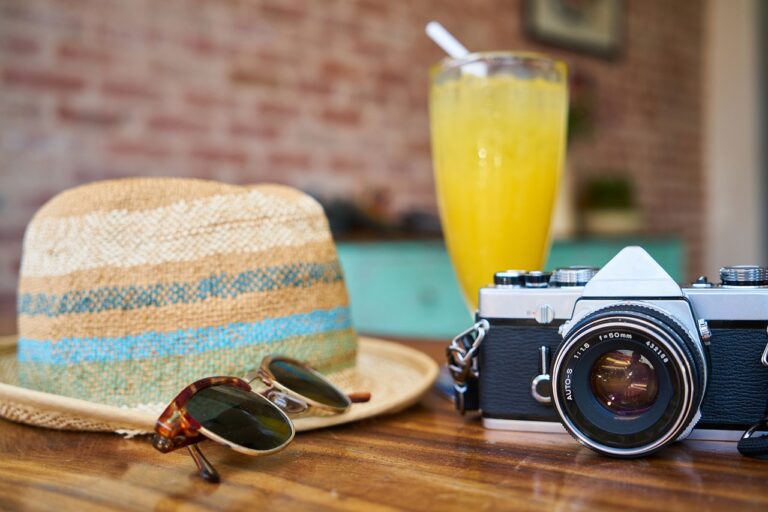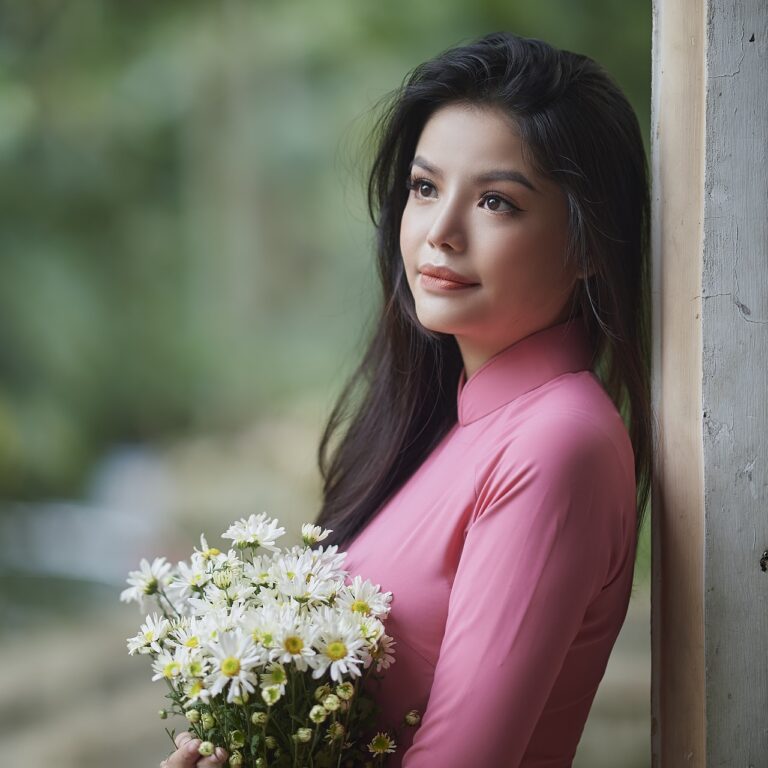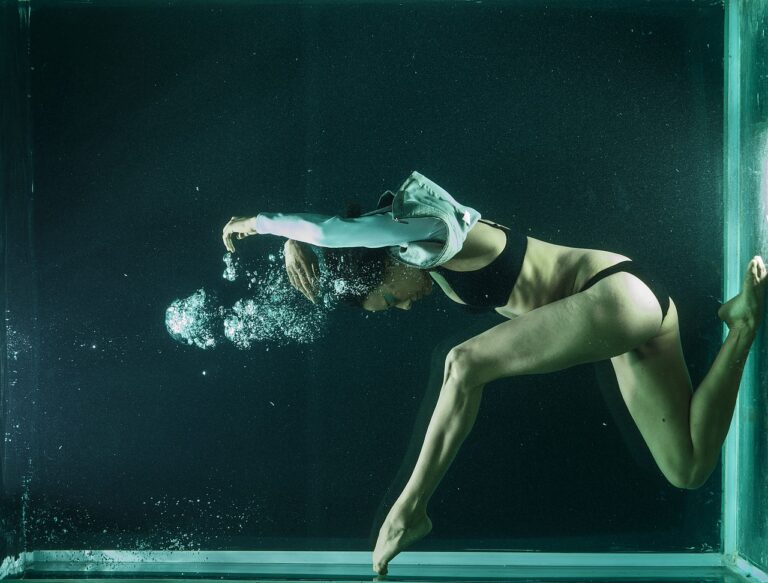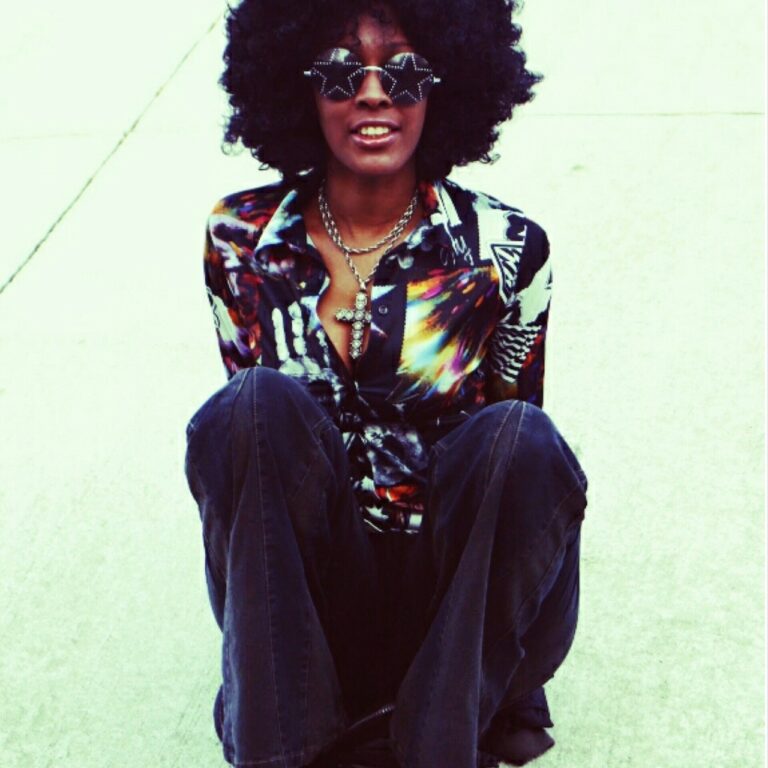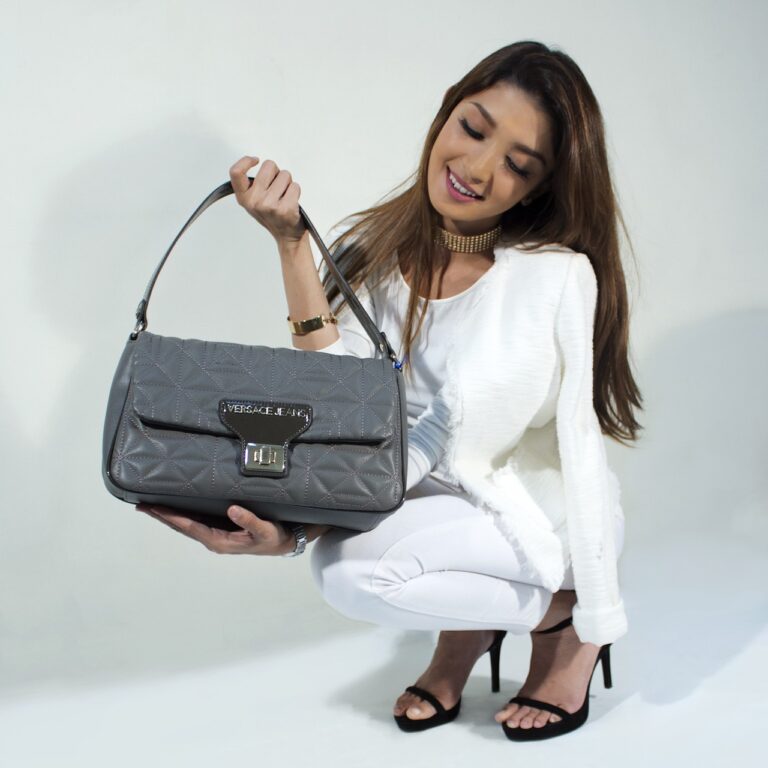Formal Wear Fashion in Historical Sculptures: Depictions of Style and Beauty
allexchbet, 99exch, all panel.com:Formal wear fashion has always played a significant role in society, reflecting the style and beauty standards of different eras. One fascinating way to explore the evolution of formal wear is through historical sculptures that depict these fashion trends. From elegant togas in ancient Greece to intricate robes in medieval Europe, these sculptures offer a glimpse into the clothing choices of the past.
Ancient Greece: Togas and Draped Garments
In ancient Greece, formal wear was characterized by draped garments such as togas and chitons. These clothing items were made from luxurious fabrics like silk and linen and were often embellished with intricate designs and patterns. Sculptures from this era often depict figures wearing these flowing garments, showcasing the elegance and sophistication of Greek fashion.
Medieval Europe: Robes and Tunics
During the medieval period in Europe, formal wear consisted of elaborate robes and tunics adorned with embroidery, jewels, and fur trimmings. Sculptures from this time often feature figures wearing these opulent garments, reflecting the wealth and status of the individuals depicted. The intricate details and rich fabrics used in these sculptures highlight the importance of fashion in medieval society.
Renaissance Italy: Velvet and Brocade
In Renaissance Italy, formal wear was characterized by luxurious fabrics such as velvet and brocade. Sculptures from this period often depict figures wearing elaborate gowns and doublets adorned with intricate embroidery and lace. The attention to detail in these sculptures showcases the artistry and craftsmanship of Italian fashion during the Renaissance.
Baroque France: Silk and Satin
During the Baroque period in France, formal wear was characterized by sumptuous fabrics like silk and satin. Sculptures from this era often feature figures wearing elaborate court dresses and suits embellished with lace, ribbons, and bows. The opulence and extravagance of Baroque fashion are evident in the intricate designs and luxurious materials used in these sculptures.
Victorian England: Crinolines and Tailcoats
In Victorian England, formal wear for men and women was defined by structured silhouettes and tailored garments. Sculptures from this era often depict figures wearing crinolines and tailcoats, showcasing the elaborate details and intricate construction of Victorian fashion. The strict social norms and etiquette of the time are reflected in the formal attire worn by the figures in these sculptures.
FAQs
Q: How were historical sculptures used to depict formal wear fashion?
A: Historical sculptures often served as a way to showcase the style and beauty standards of different eras. Artists used these sculptures to immortalize the clothing choices of the past and capture the elegance and sophistication of formal wear fashion.
Q: What materials were commonly used in formal wear fashion in historical sculptures?
A: Luxurious fabrics such as silk, velvet, and satin were commonly used in formal wear fashion in historical sculptures. These materials were often embellished with intricate embroidery, lace, and jewels to create opulent and lavish garments.
In conclusion, historical sculptures offer a unique insight into the formal wear fashion of different time periods. From ancient Greece to Victorian England, these sculptures depict the style and beauty standards of their respective eras, highlighting the evolution of fashion throughout history.


